The State of Digital Imaging
by Wesley Fink on January 26, 2009 12:02 AM EST- Posted in
- What's New with Wes
January and February are anticipation months in the Digital Camera industry this year. Anything big is likely to wait until PMA in March to be announced. Manufacturers are consolidating product lines, reshuffling their point-and-shoot offerings, and dropping hints. With the worldwide economy in recession (or worse) things seem even slower than usual as the Digital SLR industry – which many thought was bullet-proof – is finally feeling the pinch of declining sales.
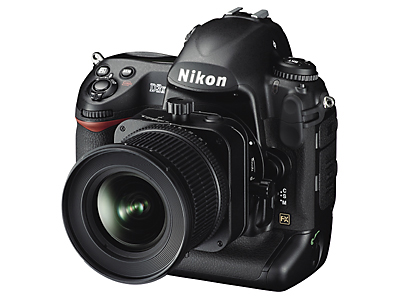
The last two big deliveries in the industry were both full-frame sensor cameras, with huge 24x36mm sensors with no crop factor at all for 35mm lenses. The Nikon D3x was shipped with a controversial $8000 price tag. It turned out to be a 24.5 megapixel Pro camera with a sensor manufactured by Sony "to Nikon specifications" with Nikon electronics and build quality. Like the Pro D3 the D3x features an integral motor and incredible ruggedness to stand up to anything a Pro might ask of the $8000 camera.
The Sony A900, with what is likely the same Sony base sensor, is selling for $2999. The Nikon D3x does have slightly lower noise at high ISOs (3200-6400) than the Sony A900, but some recent resolution tests show the Sony A900 and Nikon D3x a dead heat in resolution at lower ISOs. In the ISO range from 100 to 1600 (looking at raw data) the Sony A900 and Nikon D3x are neck and neck in noise, which just reiterates the impact of the base sensor on noise and resolution.
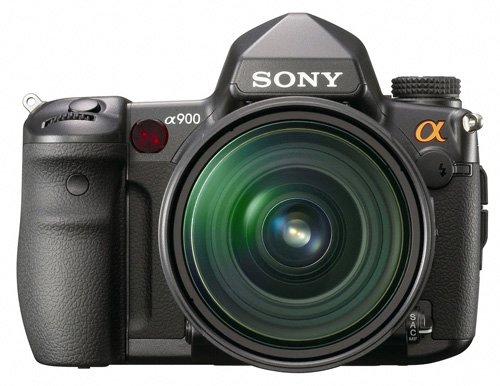
Nikon has done a great job with the D3X, but some wonder if the Nikon image processing and Pro build is worth the extra $5000? Even if we forget an A900 comparison the D3x is about twice the current $4200 price of the Nikon Pro D3, which is in almost every way but the sensor the same camera as the D3x. The D3 has a 12 MP sensor but goes to ISO 25600 instead of ISO 6400 and reaches 9 FPS instead of the 5FPS of the D3x. Nikon prefers to compare the D3x to Medium Format cameras with digital backs. In that arena the $8000 D3x looks like a tremendous bargain compared to the $20,000 to $30,000 Medium Format digital backs.
It took Sony a while to get into the D300 quality arena with their A700, which both use a sensor manufactured by Sony. Sony eventually reached their goal of comparable JPEG images with V4 firmware. We are left to wonder if a similar firmware update is coming for the A900 that will improve the less than spectacular JPEG engine. Performance is remarkably close to the D3x shooting RAW, but the Sony JPEG engine is certainly not the equal of Nikon's JPEG. With pricier full-frame models many may rightly wonder if in-camera JPEGs really matter since the cameras are more likely to be used in RAW mode than cheaper and less capable DSLRs.
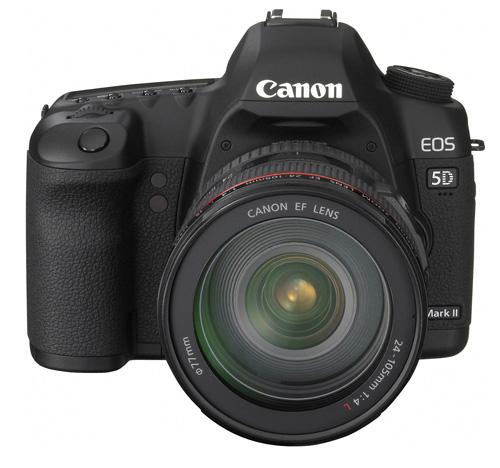
At the other end of the full-frame spectrum from the $8000 D3x the Canon 5D Mark II finally arrived after a 3-year wait. The new 5D2 instantly obsoleted Canon's own $8000 1Ds Mark III. Canon themselves proclaimed the 21.1 megapixel sensor in the 5D2 to be their best sensor, so it should be obvious that a 1Ds Mark IV should be arriving at PMA or soon thereafter.
It is interesting that Pixel-Peepers immediately found a “fatal” flaw in the 5D2, with black dots appearing to the right of blown highlights like Christmas lights and street lights in certain low light conditions. The Forums made a huge deal of it, ignoring all the incredible value Canon was delivering with the $2699 5D2. Canon recently released firmware that fixes the issue, and if you are a 5D2 owner you should definitely upgrade to the new firmware. Frankly we found you had to work really hard to set up a shot that would reveal the mysterious black spots on the right, but with the new firmware there is no reason to continue worrying.
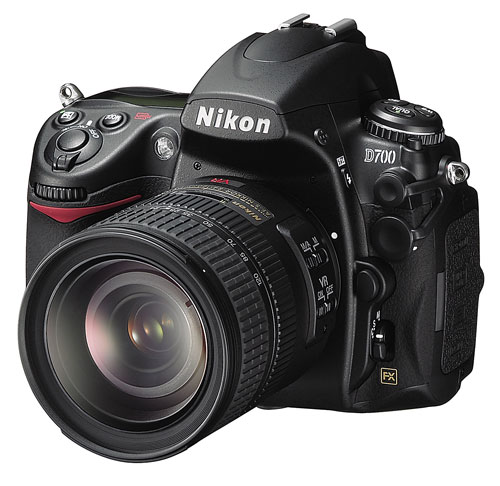
It should be clear to everyone by this point that the Pro DSLR is now full-frame. Even the top of the prosumer line is filled with full-frames, with the Sony A900, Canon 5D Mark II, and Nikon D700 all available for under $3000. Those prices will continue to drop and the next big full-frame is likely to come from Sony in a cheaper full-frame that may possibly be called the A800. With the Nikon 12 megapixel full-frame sensor looking low-res beside 21 to 25mp sensors the D700 price is dropping, and we would not be surprised to see a new lower priced Nikon full-frame coming in the near future as well.

One of the big events of recent months is finally getting recognition from the “important” photo sites. When we lauded the Panasonic G1 as the most interesting and desirable “entry” camera in our Holiday Digital Camera Buyers Guide, some criticized the selection as short-sighted. Since then Popular Photography has named the Panasonic G1 their "Camera of the Year" and dpreview has finally published a glowing review of the new G1.
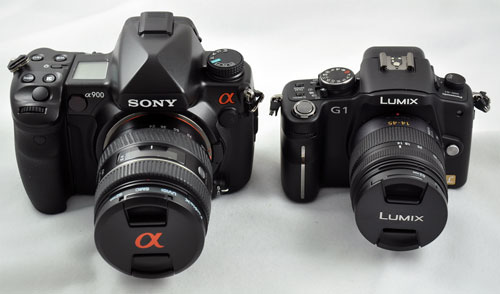
It appears some early critics of the G1 missed the point that the G1 was genuinely unique in the Digital Photography world – a world in which true innovation is very rare. The G1 is not as small as many would like, but the lenses for the camera are truly small. The whole micro 4/3 system also promises truly tiny interchangeable lens cameras with big sensors – which many have been clamoring for. Promise is the reason the G1 is exciting – more so than what it actually is. There is certainly nothing wrong with the product, as the G1 is a great camera, but just consider what is likely to come.
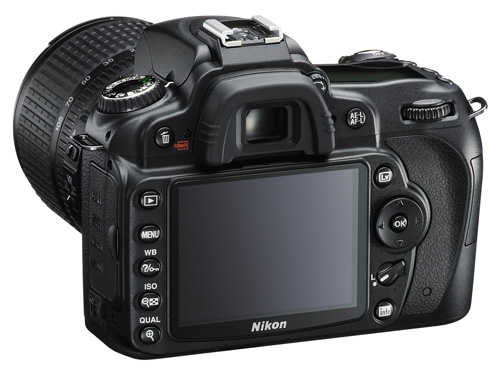
Perhaps the biggest promise of the Panasonic G1 is video. Nikon whet the appetite with their crude implementation of HD with no auto focusing capabilities with the D90. Canon took it further with true 1080p HD capabilities with slow focusing limiting the utility. Still the 5D Mark II is capable of stunning video with careful planning.
Panasonic tells us Micro 4/3 was developed with video in mind, and the super fast multi-point contrast detection sensor in the G1 will be an exciting base for a truly capable full HD interchangeable lens big sensor still camera with no-compromise full HD movie capabilities. The biggest question right now is not if we will see a micro 4/3 that does video, but rather when that camera will arrive. Is PMA too soon?
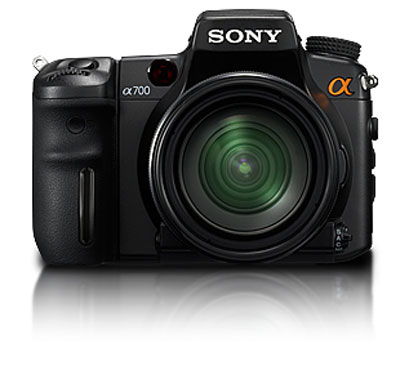
With Canon, Nikon, and soon Panasonic/Olympus in interchangeable lens HD video as a still camera option, the market is left to wonder where Sony might be. As a huge player in video and now number 3 in the DSLR market, most assumed Sony would be the first with video capabilities in this market. That hasn’t happened, but if I were a betting man I would bet Sony will have some video surprises at PMA. Everyone expects an A700 replacement to be announced this March, and it might just be the missing video link.
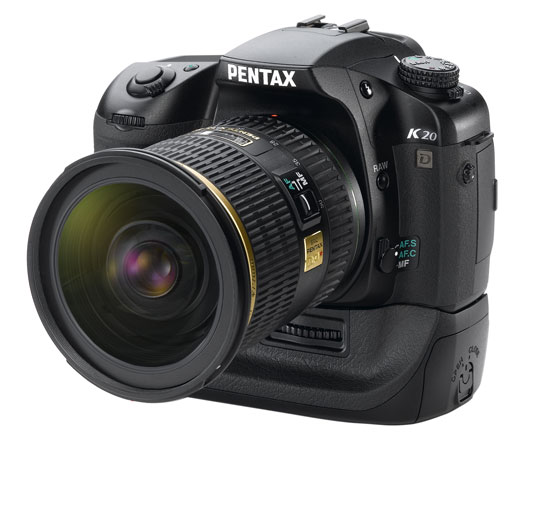
Then there is the question of Pentax. The 14.6 megapixel K20D is one of the most capable DSLR cameras we have tested in the past year, and yet it gets consistently ignored on many photography review sites. Today, with a list price dropped to $999 and a street selling price of about $750 for the K20D body the camera is truly an incredible value. This is particularly true when you consider the environmental sealing lavished on the K20D – which is largely missing on others in its class.
The K20D solidified the marriage of Pentax and Samsung with the innovative Samsung 14.6 MP CMOS sensor. Will Pentax finally upgrade their very accurate but slow 11-point AF module? Will we finally see a Pentax that can do more than 3 FPS? Will Pentax survive this economic crisis? If Pentax does survive, we know that Samsung, along with Sony, is a patent holder on the process used to produce full-frame CMOS sensors such as the Sony 24.6 megapixel sensor. Knowing that we have to wonder if Samsung will also choose to play in the full-frame arena.










40 Comments
View All Comments
weh - Monday, January 26, 2009 - link
Now you are refuting your own statements.In the body of your blog entry, you stated: "The Nikon D3x was shipped with a controversial $8000 price tag. It turned out to be a Sony sensor 24.5 megapixel Pro camera with Nikon electronics and build quality. Like the Pro D3 the D3x features an integral motor and incredible ruggedness to stand up to anything a Pro might ask of the $8000 camera. The Sony A900, with the same Sony sensor, is selling for $2999."
In the comments, you stated: "Anyone who still believes the Nikon D3x sensor is not the Sony sensor is reading too many Nikon press releases. The electronics and image prcessing are Nikon, and that is largely responsible for the slightly lower noise at higher ISOs in the D3x compared to the A900."
Moreover, you've implied that the D300/A700 sensors are similarly identical, claiming that a firmware patch from Sony has made them equal and implying that a similar patch could erase the minimal differences between the D3X and the A900. In truth, you could make more of a case with the D300/A700 pair than with the D3X/A900 pair. The sensors, while NOT identical, are clearly more similar in the D300/A700 comparison than the sensors in the D3X/A900 comparison.
Don't take me wrongly, I'm pulling for Sony to make a go of their recently acquired 35mm DSLR division and the A900 is one h-e-double-l of a bargain. The world's photographers need the camera companies to be in healthy competition. I'm just not used to blogs and posts on AnandTech being littered with such blatent bias.
I'm finished with this thread. I'll not post another retort.
Wesley Fink - Tuesday, January 27, 2009 - link
I'm certainly not refuting my statements. Nikon finally states that Sony makes the sensor for the D3x. Many operations, like analog/digital conversion can take place on a CMOS sensor, which is one advantage of CMOS over CCD sensors. I have no doubt Nikon specified what they wanted activated on the Sony sensor to match with their electronics.If you read the statement from Nikon you should be able to read between the lines. Nikon indicates they can't comment on the similarity or commonality of components on the A900 sensor because they are not familiar with it, but they do know what they specify. While the two sensors are clearly not 100% identical it seems likely they start as the same base sensor.
The Pentax K10D and Sony A100 and Nikon D80 all started with the same sensor in the last generation. Today the D300, D90, and A700 share the same base sensor.
melgross - Wednesday, January 28, 2009 - link
No one argues about whether Sony builds the sensor. That's never been in question.However, it seems as though the "sensor" part of the package is the only part that Sony builds for them, and even there, the specs are more Nikon's than Sony's. It's even possible that Nikon is getting a higher quality part from them than they use themselves. Possibly Sony's version as used in the a900 is too noisy to go to 14 bits, and that's why the camera doesn't have that option, very strange for a new camera in that, or almost any, price range today.
The sensor also, more correctly, must be thought of as a "package", consisting of all the parts, the filters, etc. To just say that the chip itself is built by Sony is not enough, if everything else is different, and possibly even the specs of the chip are as well.
badnews - Monday, January 26, 2009 - link
They way you have written it: "The Sony A900, with the same Sony sensor, is selling for $2999." very much implies that you will get the same image quality from the $5000 cheaper Sony. Which you most definitely will not.To me it seems very misleading no matter how _you_ want to define 'sensor'. Poor form.
roberts2424 - Monday, January 26, 2009 - link
Really, did someone miss the point on the G1? That thing is not that small compared to, say, some of the digital SLR cameras from Olympus. So, maybe Panasonic missed the point. If and when it gets smaller will anyone begin to see the real benefits of the MFT. People that have held a G1 don't get it because it doesn't separate itself from the current crowd.Wesley Fink - Monday, January 26, 2009 - link
The G1 is still the smallest of the interchangeable lens cameras, and while small it still handles very well. Reviews have found the image quality the best of any 4/3 family camera and certainly equal in most ways to the APS-C competitors.Panasonic made the design decision to make the G1 look like a smaller version of its DSLR competition. There is no real reason for the top hump or all the bulk with a mirrorless micro 4/3 camera. They say they did it because their main Japanese market is resistant to change in appearance. What's important is the very fast multi-point contrast detect AF, no mirror and the hi-res EVF that is the first useful EVF we've seen outside of Pro grade video cameras.
It is the perfect platform for a superb interchangeable lens still camera with no-compromise full HD video. The next generation should have both and the break from the mirror box and the unique Panasonic CMOS 12 MP sensor are making that possible at this price point.
Everyone is entitled to their opinion, but there are now many reviewers who consider the G1 a break-through design.
melgross - Monday, January 26, 2009 - link
Yes, but all the reviews say that as ISO goes higher, the IQ drops faster than APS-C sensor cameras. The quality is lower than the lowest price APS-C sensor camera once you get to 800 and above.This affects shadow noise and detail even at the lowest ISO's.
Quite frankly, I think Pop gave them "Camera of the Year" much more because of the concept that this is what it was supposed to be in the first place, rather than it being the best new camera out there, which it certainly isn't.
One thing that's strange is that every camera review, formal or informal, mentiones how good or bad the "rubber" surfaces on the camera grip and body are. Interestingly enough, this is the only "D-SLR" that has NO grippy surface at all. Why hasn't someone mentioned this? I've now played with the camera for a bit, and found that it's slippery when your hands are cold, as they are outside, and the camera is too small to be used comfortably with effectively warm gloves. I would imaging that when it's hot, and your hands are moist, the same problem will occur.
It seems to have been given a pass on this which is strange, small size or not.
Lastly, the viewfinder is almost useless when it's dark outside, or indoors when it's also dimmer. I would think that this would knock a few lumps, but it doesn't seem to be figured into ratings. Odd, considering how much is made of viewfinder quality.
In addition, when it first came out, I said here that it was priced much too highly. As we've now seen, it has undergone two good price drops, and I wouldn't be surprised if it didn't undergo at least one more.
It's a decent first try, but a second generation must be better, or it will fade away.
Maxington - Tuesday, January 27, 2009 - link
Gotta agree with that, I was impressed with the DPReview of the G1, and it is an attractive first start, but the lack of lenses for it so far, the fact that it's not *that* much smaller yet, and the EVF problems in low light still kill it as a useful photographic tool.Make it rangefinder sized, with a reasonable lens range would do it for me, I could put up with the EVF issues for size advantages.
strikeback03 - Monday, January 26, 2009 - link
Unless they come up with a technology to replace the screen, the volume defined between the front of the lens and the corners of the screen has to stay about the same size. So the system can be smaller than traditional SLRs, but not what I would consider pocketable (unless you always wear a jacket). Once you need a camera bag, I don't see the size being enough different from small SLRs to matter as much.I'd say the real breakthrough here is the fast contrast-detect AF, which could be beneficial to the entire digital camera market.
ste761 - Monday, January 26, 2009 - link
I currently own a D300 and find even though it was released backend of 2007, it still remains the best crop sensor DSLR on the market.The recently released Canon 50D comes close,but still doesn't match the D300 on both noise control or features if anything it's image quality is slightly worst than the older 40D, due to cramming 15mp into that sensor.
Rumor has it Nikon will show either the D300x or D400 at PMA, with 14mp and full 1080p HD video but after all that won't offer much more over the current D300.
I personally think the D300X or D400 will suffer from more noise if they use 14mp, Personally 12mp is enough for most and proberly the sweet spot for this size of sensor.
As for video in a DSLR hmmmm not for me i rather use a Video camera and use my camera as they meant to be used ie taking pictures.